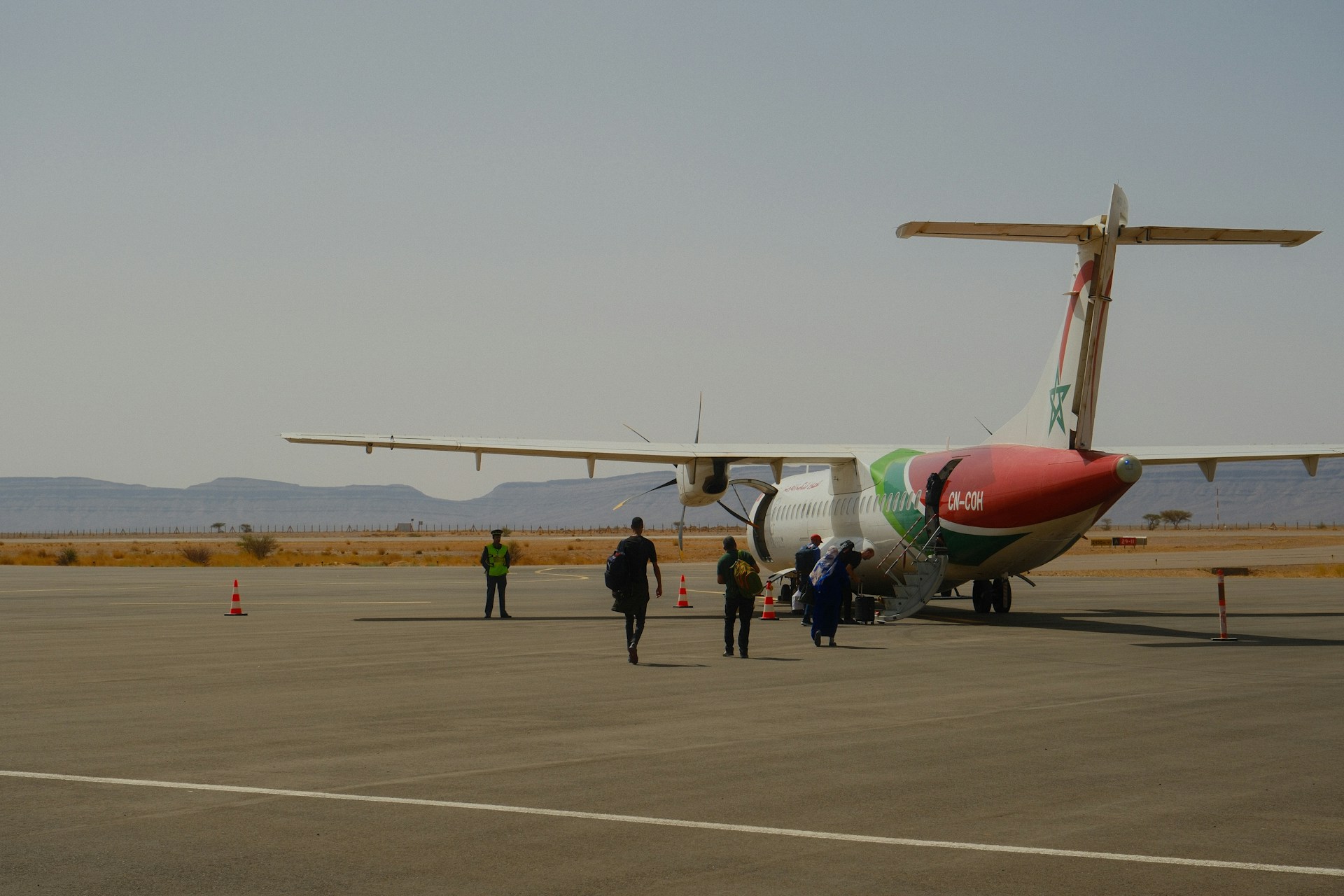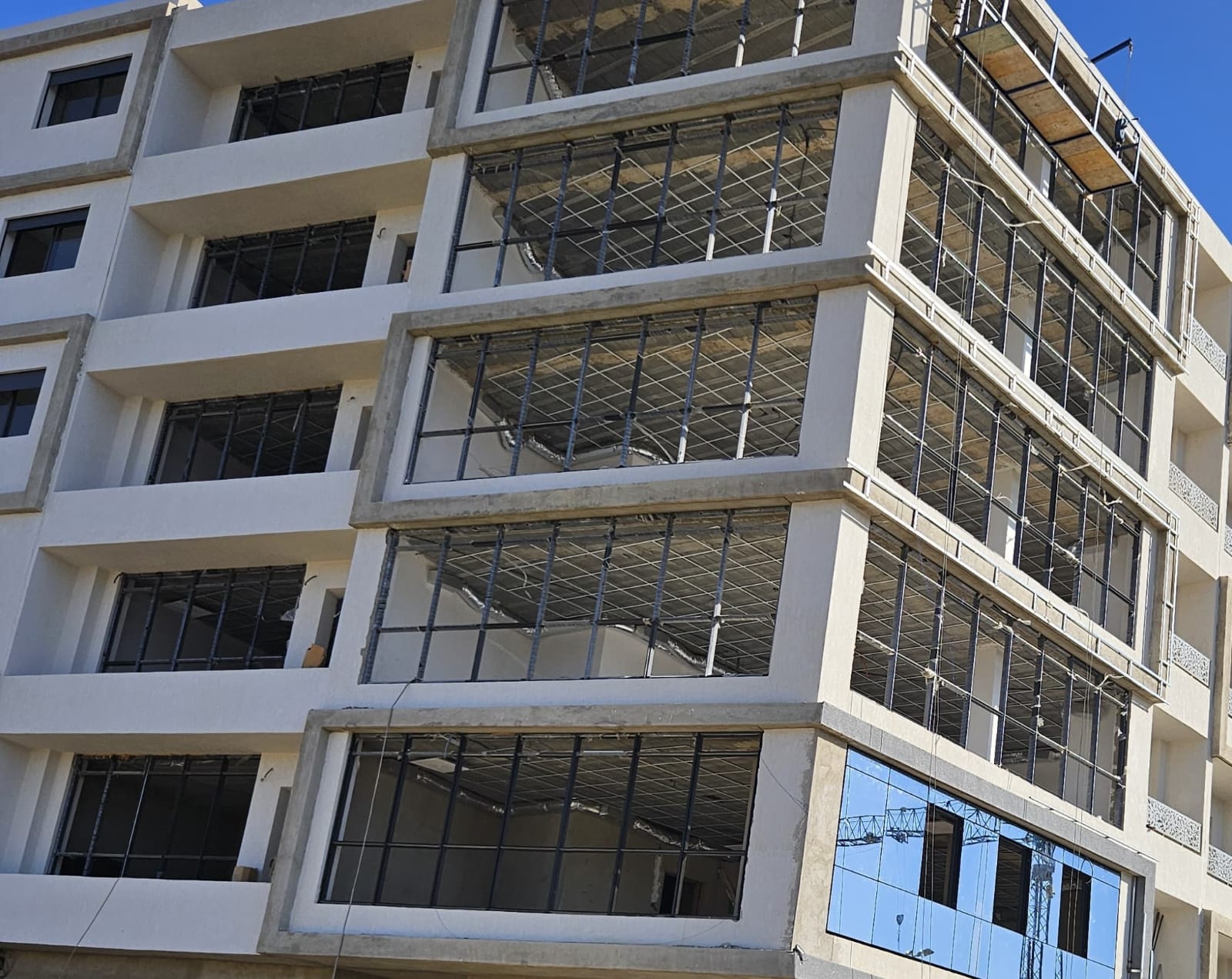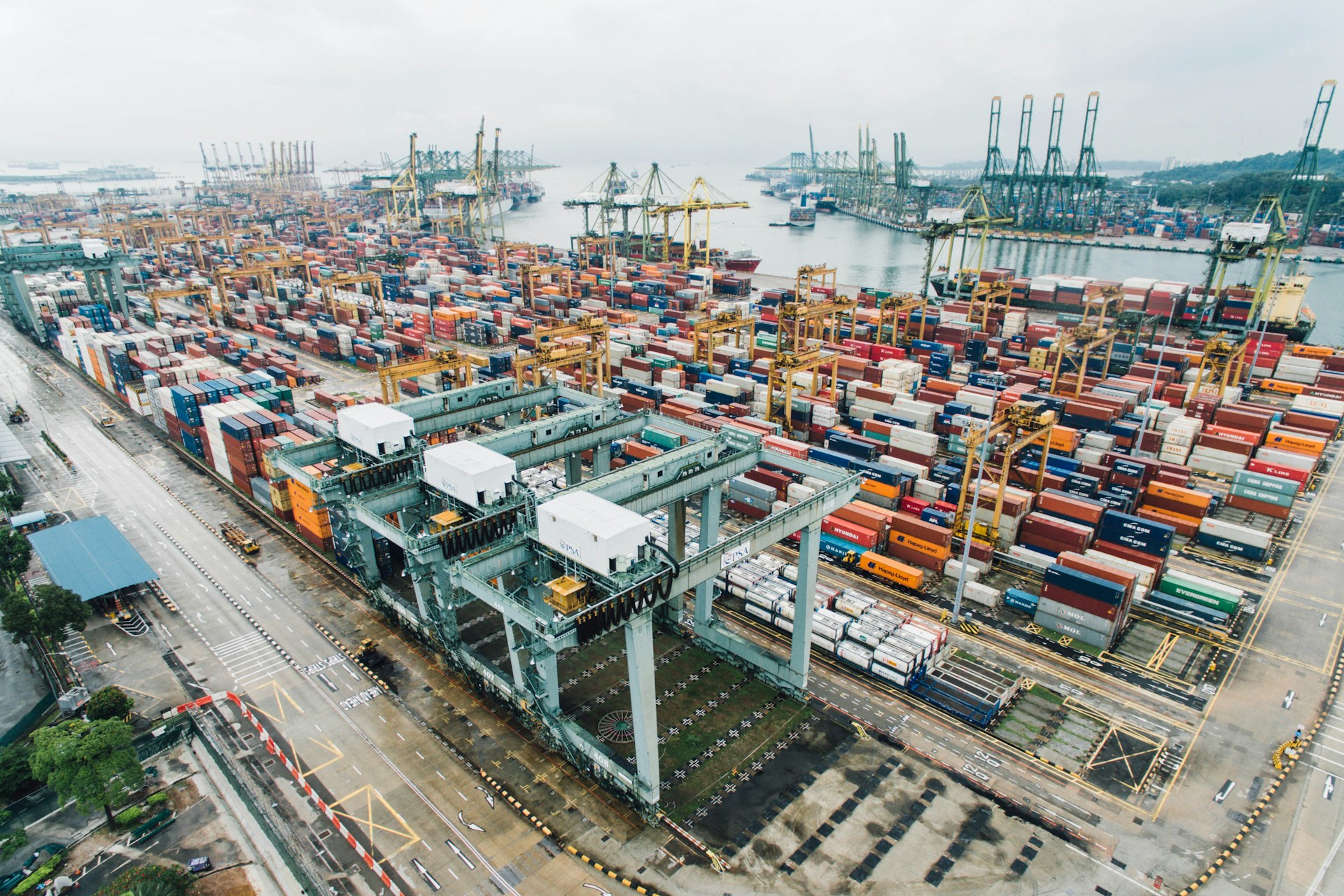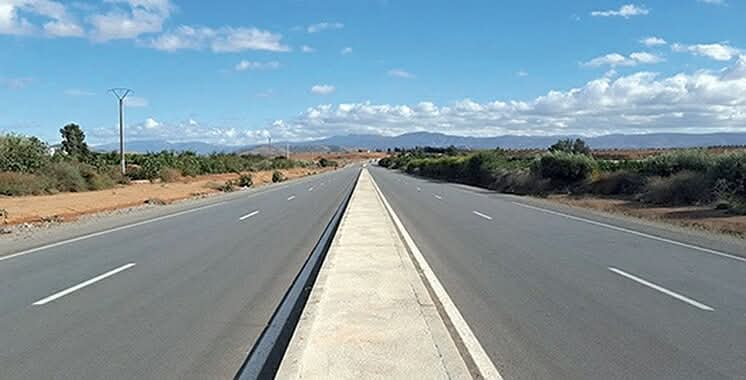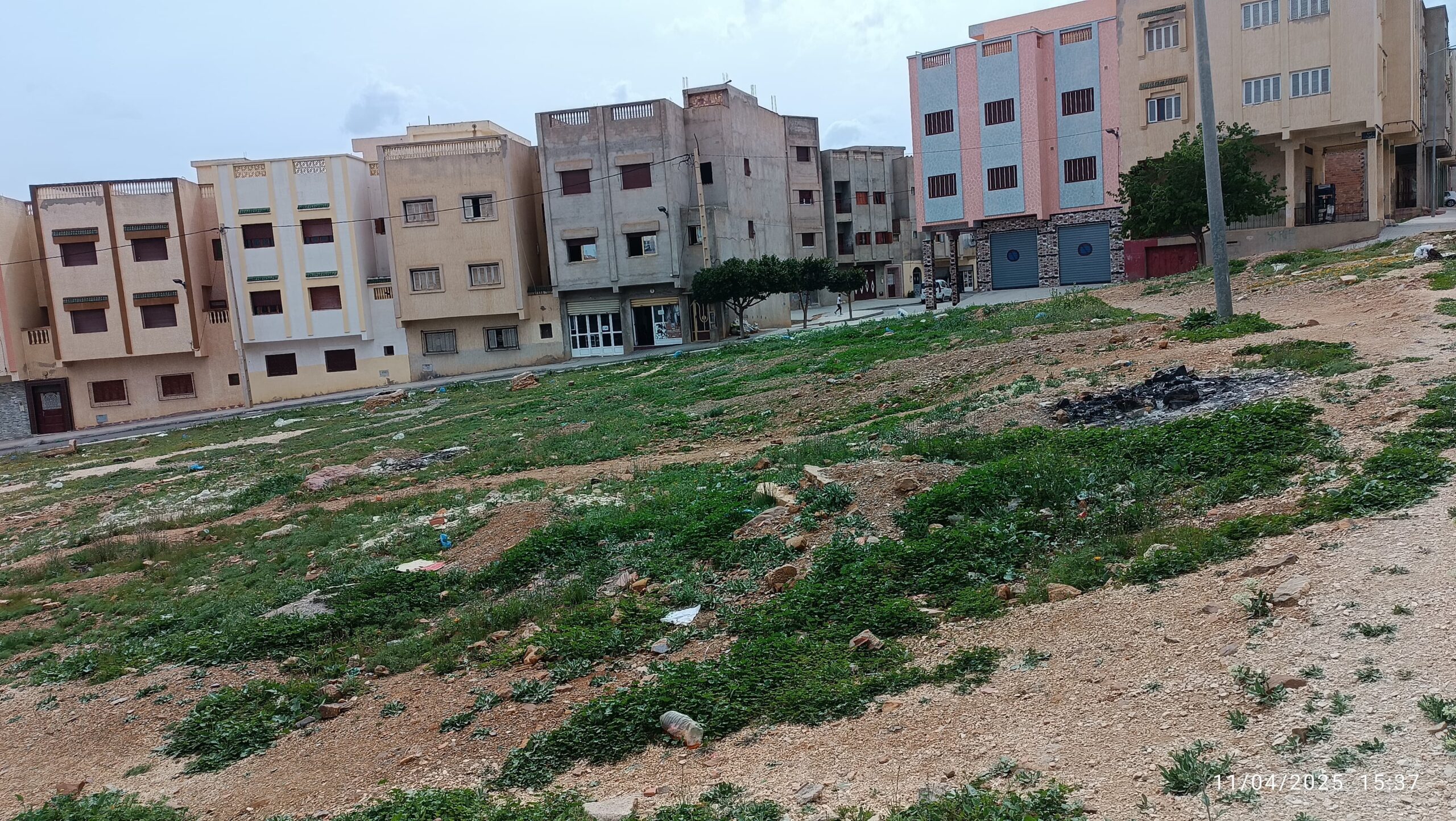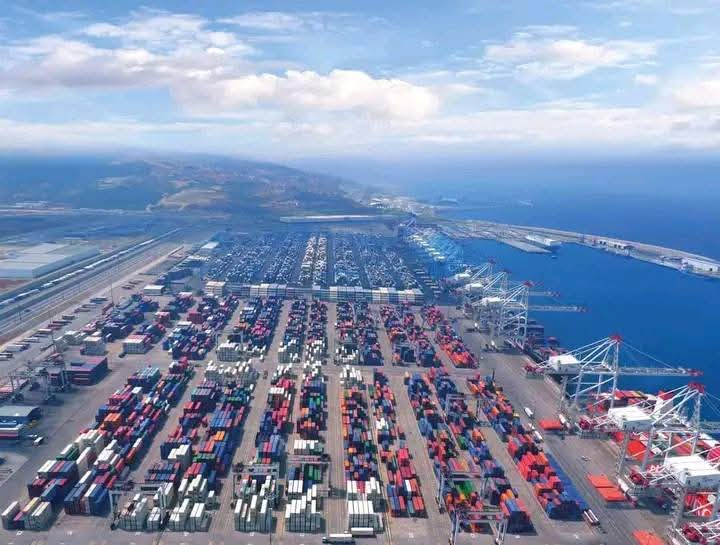Casablanca – Morocco’s tourism sector achieved unprecedented financial success in 2024, with foreign currency revenues soaring to approximately $11.6 billion, reflecting a robust 7.5% increase from the previous year and an impressive 43% growth compared to 2019. This remarkable performance underscores the resilience and expansion of the Moroccan tourism industry, which has successfully recovered from the impacts of the COVID-19 pandemic.
Strong growth driven by increased tourist arrivals
According to the latest report from Morocco’s Foreign Exchange Office, tourism revenues in 2024 reached a new peak, fueled by the arrival of 17.4 million tourists throughout the year. This figure represents a 20% rise compared to 2023, surpassing expectations and achieving the country’s 2026 tourism roadmap target ahead of schedule.
The report highlighted a particularly strong performance in December 2024, when monthly revenues amounted to approximately $825 million, marking an 11% increase compared to the same period in 2023. This growth further reinforces Morocco’s position as a leading global travel destination.
Post-pandemic recovery and long-term momentum
Morocco’s tourism industry faced significant setbacks during the COVID-19 crisis, with revenues dropping sharply to $3.8 billion in 2020 and $3.6 billion in 2021. However, a strong recovery began in 2022, when earnings rebounded to $9.7 billion, followed by $10.8 billion in 2023, and ultimately $11.6 billion in 2024.
This sustained momentum highlights the increasing appeal of Morocco as a diverse and attractive travel destination. The government’s commitment to developing the sector through strategic investments and promotional campaigns has played a crucial role in driving this success.
A growing global destination
The record-breaking tourism income reflects Morocco’s ability to attract a broad spectrum of visitors, from cultural enthusiasts to luxury travelers and adventure seekers. The country’s diverse tourism offerings, including historic cities, coastal resorts, desert experiences, and rich cultural heritage, continue to appeal to an international audience.
Fatim-Zahra Ammor, Morocco’s Minister of Tourism, Handicrafts, and Social and Solidarity Economy, emphasized that this growth is a testament to the sector’s adaptability. She stated, “The Moroccan tourism industry has successfully adjusted to new global trends while capitalizing on its rich natural, cultural, and human resources. Today, we focus on delivering diverse experiences that meet the evolving expectations of travelers.”
Economic and employment impact
Beyond its impressive revenue figures, the tourism sector remains a crucial pillar of Morocco’s economy. The influx of international visitors has contributed significantly to job creation and local development, supporting businesses across hospitality, transport, handicrafts, and other related industries.
With this momentum, Morocco is well-positioned to continue attracting more visitors and further strengthen its standing as a premier global destination. The government’s ongoing efforts to enhance infrastructure, improve service quality, and diversify tourism offerings will be key in sustaining this growth in the coming years.
